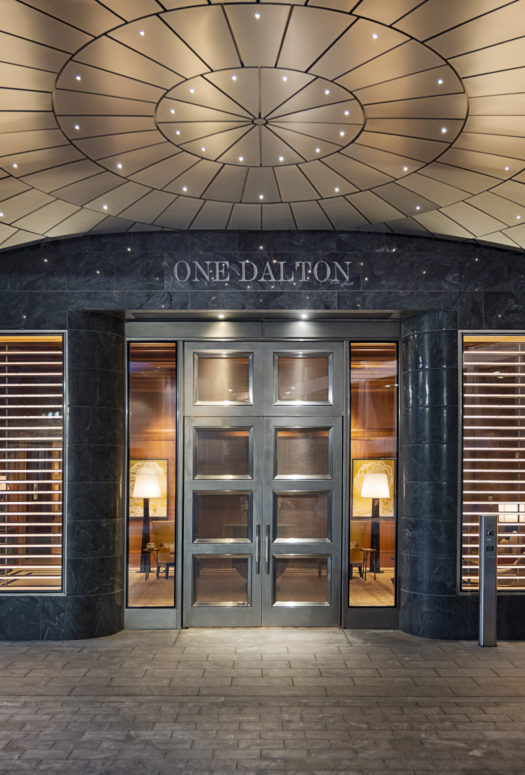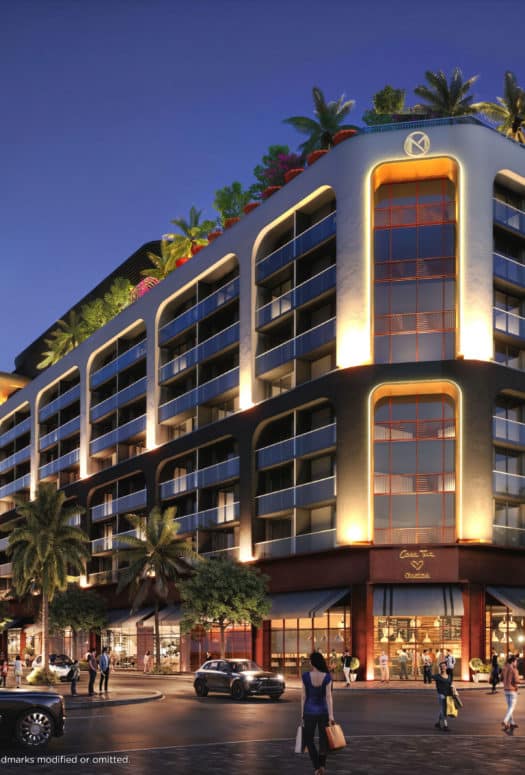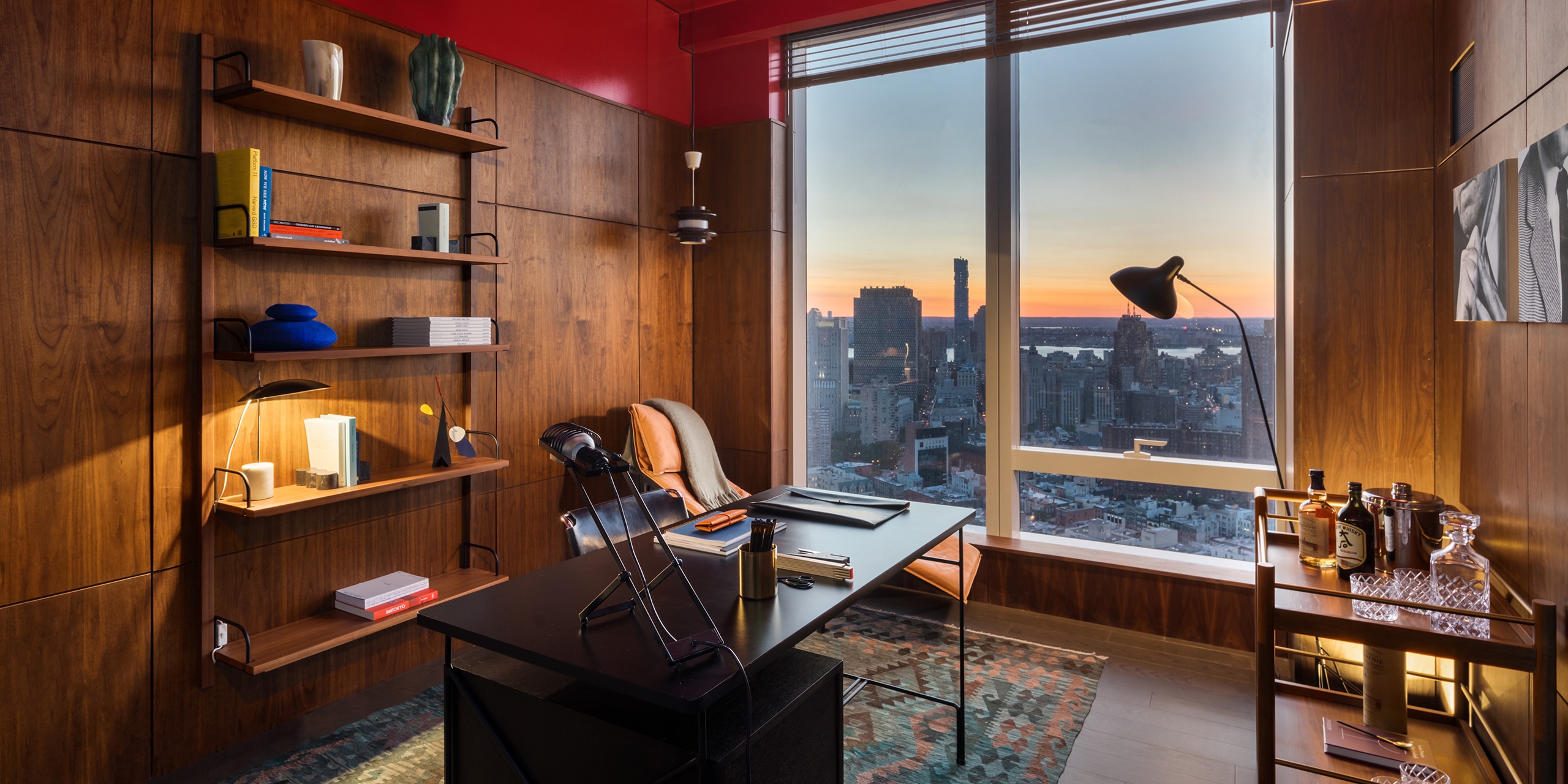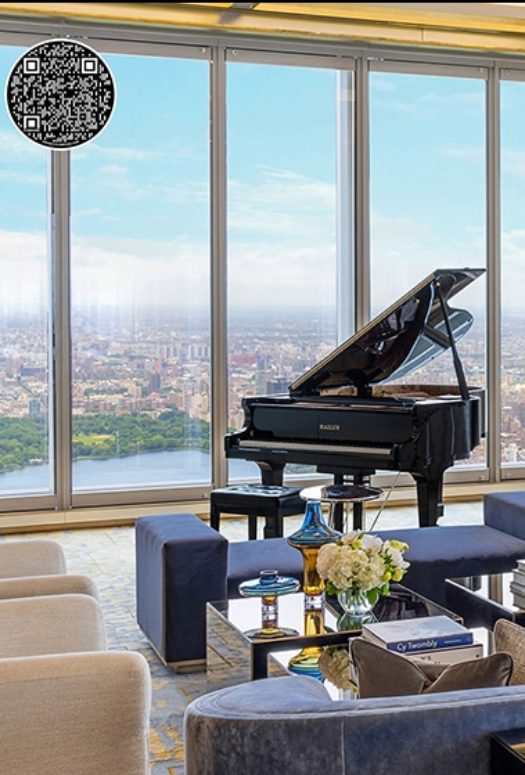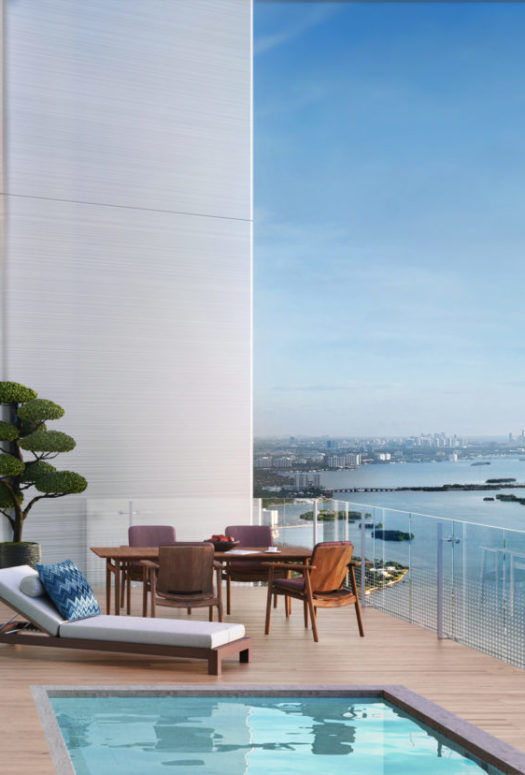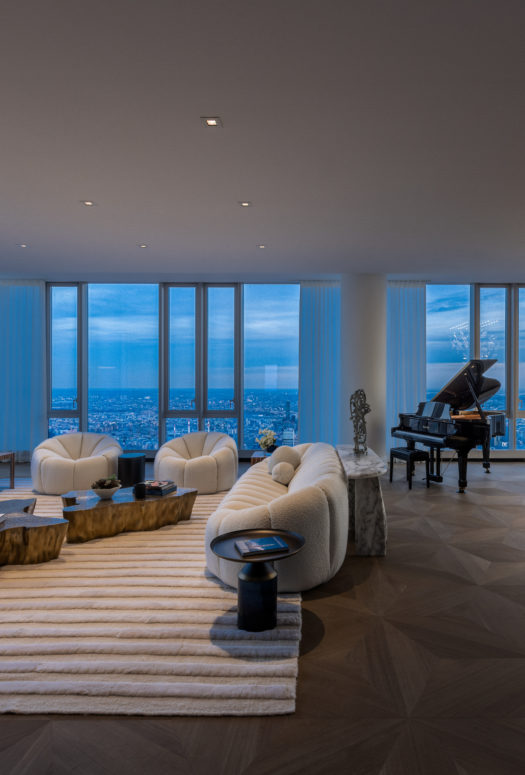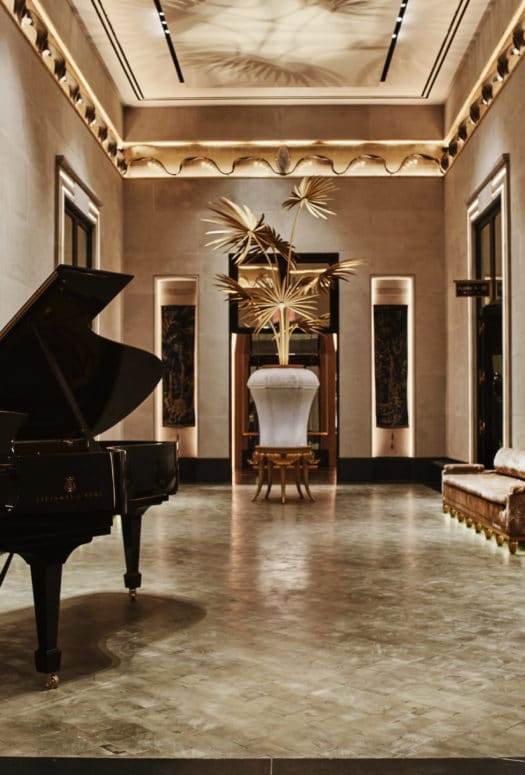Productivity, Meet Style: The Home Office Reimagined
By: Nichole Talbot
Working from home, either full time or part time, is the new normal for millions of global households. Gartner predicts 32% of the world’s workforce will work remotely this year, a staggering number, with the United States leading the charge at 53% of its workforce getting it done outside of the office.
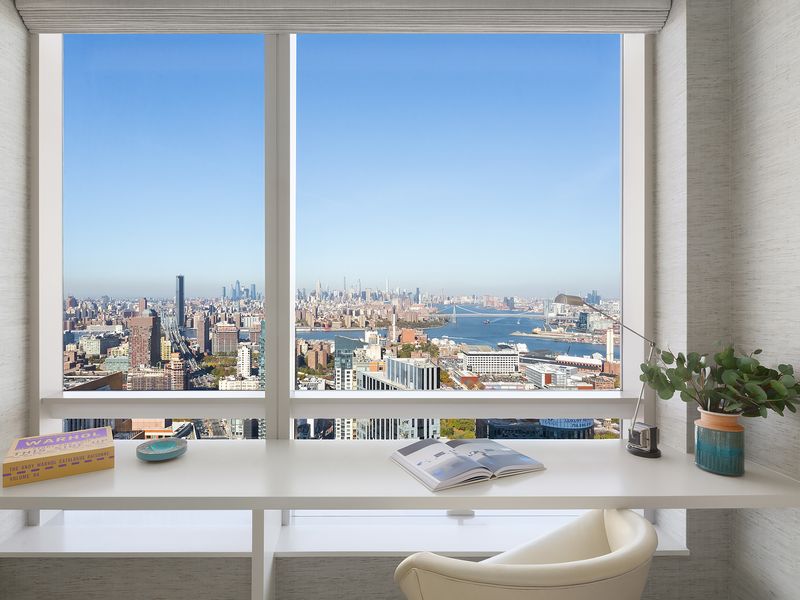 Photo Credit: Brooklyn Point
Photo Credit: Brooklyn Point
A large swath of Americans expect to work from home this year—40% prefer at least one day per week, according to a 2021 survey by John Burns Real Estate Consulting. “In 2022, 51% of those we surveyed said they plan to work from home in 2022, and it represents a mix of full-time remote and hybrid remote work,” says Jenni Nichols, director of DesignLens at John Burns Real Estate Consulting.
The home office, once an afterthought or even a luxury, has quickly risen to one of the most important spaces in the home and a must-have for millions of households. In a study conducted by the National Association of Home Builders, more than 60% of recent and current home buyers desire a home office. The idea of a temporary perch for working at home is being replaced with something more permanent to adapt to our new reality. No longer are these spaces simply a room to take an early-morning or late-night call or tackle a weekend project. Nichols agrees, saying, “There’s been this paradigm shift in what we want in our offices and what they mean to us.”
Buyers want well-designed and furnished offices that function like high-performing commercial spaces, with top-notch connectivity and higher-quality furnishings. Comfort is also crucial, as is balancing natural and artificial light. Some buyers are looking for homes with plenty of square footage where they can stretch out while working multiple days per week, and others want areas to host a meeting or clients.
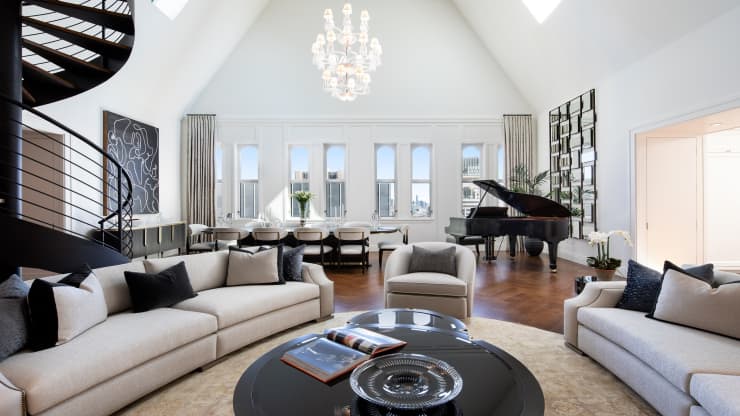 Photo Credit: The Woolworth Tower Residences
Photo Credit: The Woolworth Tower Residences
Developers are answering the call by including dedicated home offices in their model residences to help buyers envision well-designed and productive working environments. The expansive home office in the Pavilion A residence at New York’s The Woolworth Tower Residences, which is currently on the market for $23.36 million, does just that. The bedroom off the residence’s dining space is reimagined for remote working. With sumptuous seating and panoramic views of the city skyline, it’s only fitting that it’s the setting of Kendall Roy’s war room in the HBO hit series Succession.
But even if a hostile takeover of the family business isn’t in your future, you will appreciate working from a home office space that’s quiet, comfortable, and well appointed with tech-forward elements. “We continue to see buyers prioritizing space as they search for a new home and an ideal setup where they can work from home comfortably and effectively,” says Anne Versluis, senior sales associate at New York City’s One Manhattan Square. Designed by Anna Karlin, the office at the project’s Private Quarters model (currently under contract, though a similar floor plan at residence 33K is on the market for $2.5 million) features wood paneling and a painted ceiling to amp up the cozy factor. A floor-to-ceiling window and multiple light sources create a productive environment any time of day.
Even the home office’s location is ripe for reevaluation. Often placed near the front door or off the main living space—two areas that see a lot of foot traffic and noise—the home office is moving upstairs or to the back of the floor plan. “We’re seeing more consideration taken into how square footage is used,” says Nichols. Niches off the kitchen or main living area may have worked in a pinch, but they often don’t function well in the long term, especially for households with children or extended family members living in the home.
“One of the biggest and most important shifts in the past year has been creating clear physical and spatial boundaries around work areas so true and healthy mental separation can happen,” says Jennifer Morris, principal and owner of JMorris Design in Brooklyn. Creating opportunities for movement, breaks, and a breath of fresh air have risen to the forefront of design. Nichols notes home buyers and owners want a backyard or terrace view and easy access to the outdoors to relax and recharge. “More than 50% of those we surveyed prefer an upstairs office or one that’s adjacent to a yard or patio.”
Our increasing digital landscape also impacts design. Seamless tech integration is important in any work-from-home situation—people require a high level of technological performance for video calls and for allowing an easy transition from home to the office, if necessary. Now more than ever, connectivity is key.
Tech elements extend to other design features, as well. Morris is integrating more home automation into her clients’ home offices, such as programmable lighting and window shades to match the changing daylight from morning to night. “The choice of office furniture, lighting, and acoustics can affect productivity and, therefore, the business,” Morris says.


